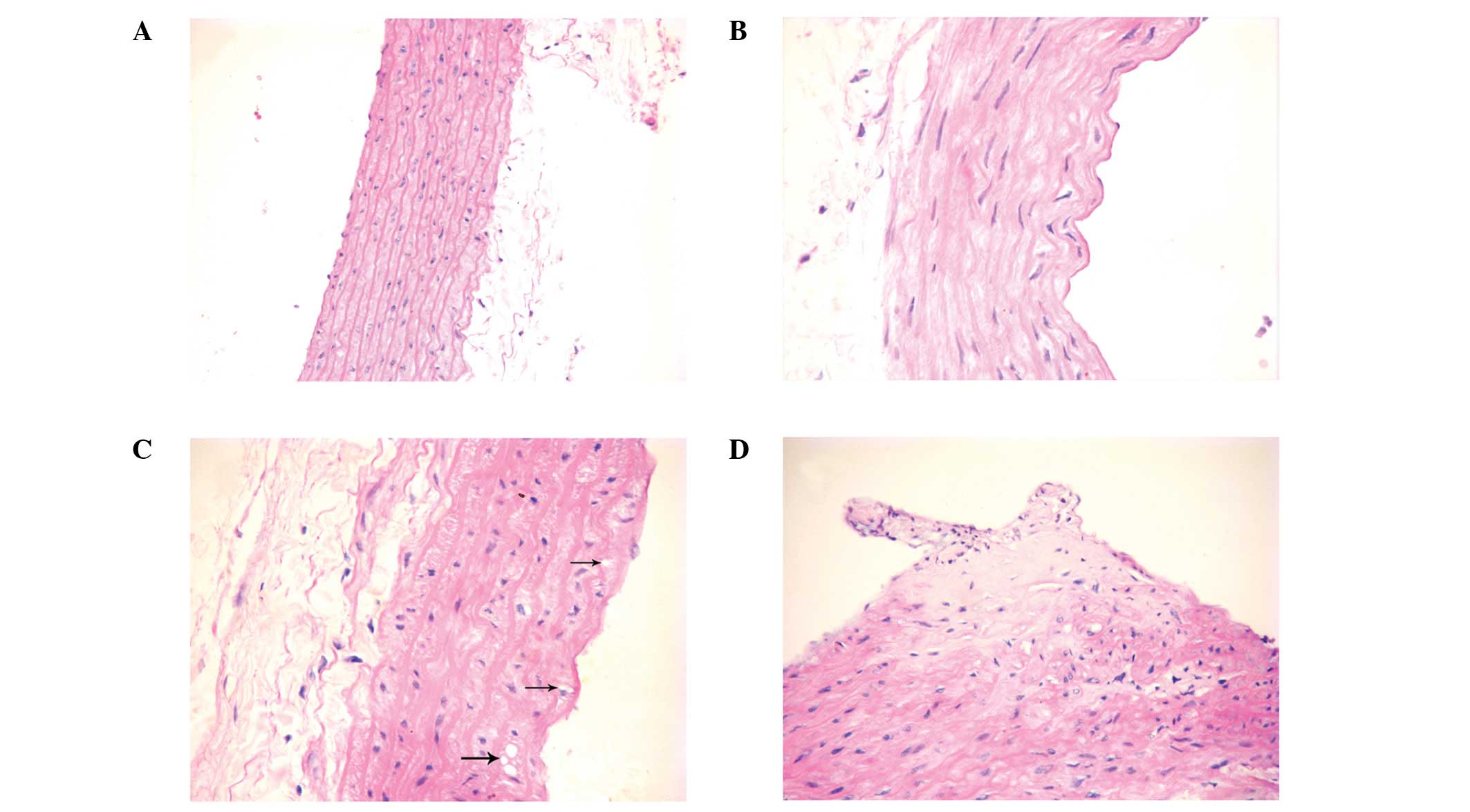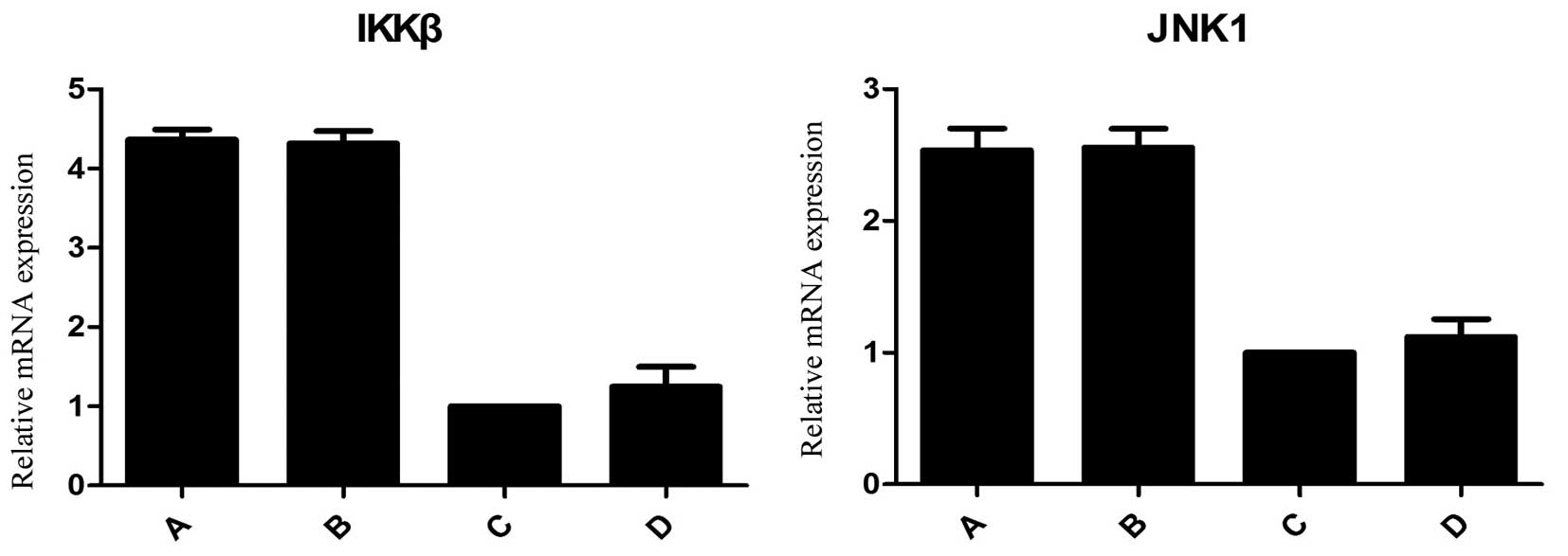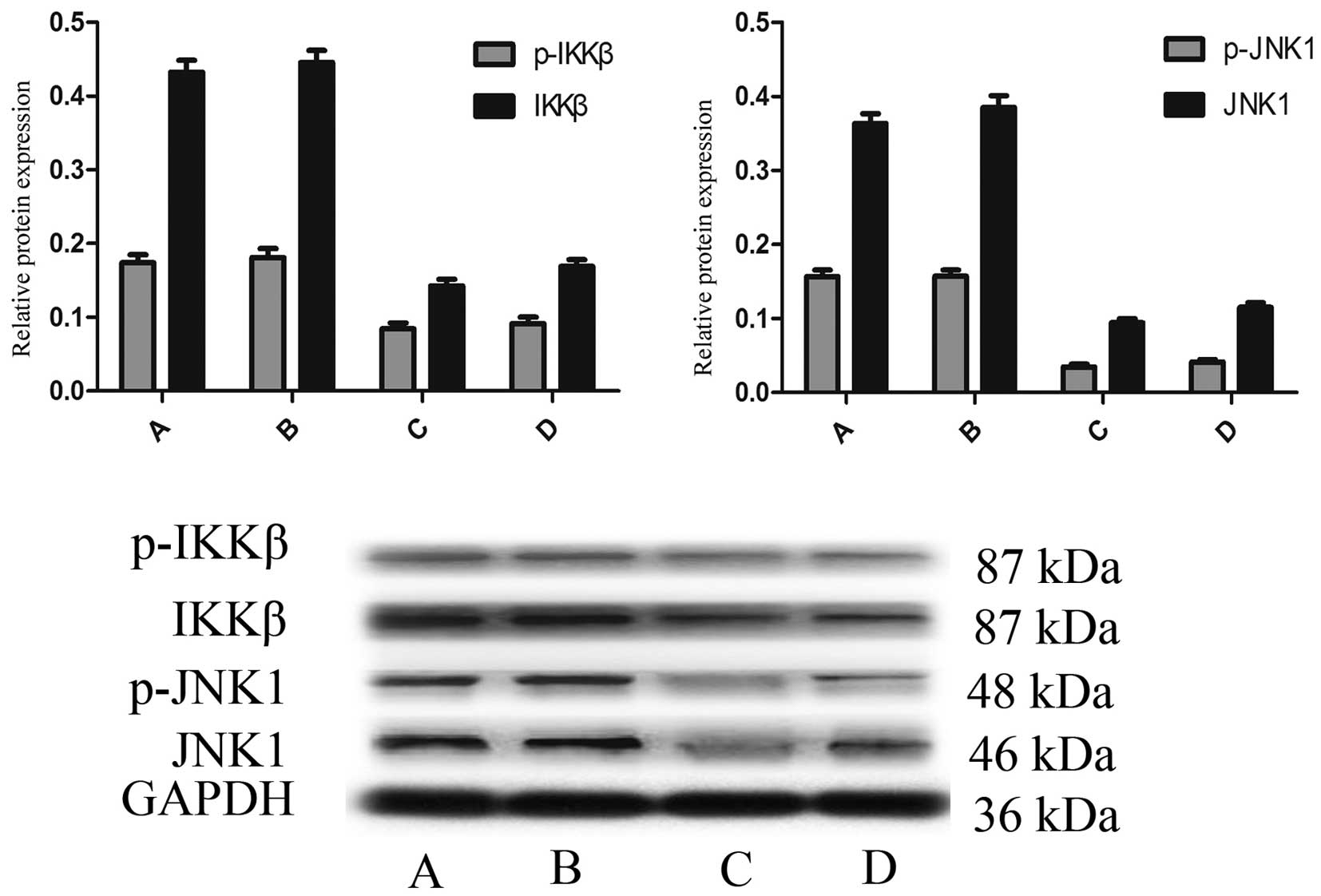|
1
|
Shinde J, Tadldone T, Barletta M, et al:
Alpha-glucosidase inhibitory activity of Syzygium cumini (Linn.)
Skeels seed kernel in vitro and in Goto-Kakizaki (GK) rats.
Carbohydr Res. 343:1278–1281. 2008. View Article : Google Scholar : PubMed/NCBI
|
|
2
|
Foley EF, Benotti PN, Borlase BC,
Hollingshead J and Blackburn GL: Impact of gastric restrictive
surgery on hypertension in the morbidly obese. Am J Surg.
163:294–297. 1992. View Article : Google Scholar : PubMed/NCBI
|
|
3
|
Pories WJ, Swanson MS, MacDonald KG, et
al: Who would have thought it? An operation proves to be the most
effective therapy for adult-onset diabetes mellitus. Ann Surg.
222:339–350. 1995. View Article : Google Scholar : PubMed/NCBI
|
|
4
|
Smith SC, Edwards CB and Goodman GN:
Changes in diabetic management after Roux-en-Y gastric bypass. Obes
Surg. 6:345–348. 1996. View Article : Google Scholar : PubMed/NCBI
|
|
5
|
Adams TD, Gress RE, Smith SC, et al:
Long-term mortality after gastric bypass surgery. N Engl J Med.
357:753–761. 2007. View Article : Google Scholar : PubMed/NCBI
|
|
6
|
Batsis JA, Sarr MG, Collazo-Clavell ML, et
al: Cardiovascular risk after bariatric surgery for obesity. Am J
Cardiol. 102:930–937. 2008. View Article : Google Scholar : PubMed/NCBI
|
|
7
|
Christou NV, Lieberman M, Sampalis F and
Sampalis JS: Bariatric surgery reduces cancer risk in morbidly
obese patients. Surg Obes Relat Dis. 4:691–695. 2008. View Article : Google Scholar : PubMed/NCBI
|
|
8
|
Shah SS, Todkar JS, Shah PS and Cummings
DE: Diabetes remission and reduced cardiovascular risk after
gastric bypass in Asian Indians with body mass index <35
kg/m2. Surg Obes Relat Dis. 6:332–338. 2010. View Article : Google Scholar
|
|
9
|
Fried M, Ribaric G, Buchwald JN, et al:
Metabolic surgery for the treatment of type 2 diabetes in patients
with BMI <35 kg/m2: an integrative review of early
studies. Obes Surg. 20:776–790. 2010. View Article : Google Scholar
|
|
10
|
Rubino F and Marescaux J: Effect of
duodenal-jejunal exclusion in a non-obese animal model of type 2
diabetes: a new perspective for an old disease. Ann Surg. 239:1–11.
2004. View Article : Google Scholar
|
|
11
|
Cefalu WT: Animal models of type 2
diabetes: clinical presentation and pathophysiological relevance to
the human condition. ILAR J. 47:186–198. 2006. View Article : Google Scholar : PubMed/NCBI
|
|
12
|
ADVANCE Collaborative Group. Patel A,
MacMahon S, Chalmers J, et al: Intensive blood glucose control and
vascular outcomes in patients with type 2 diabetes. N Engl J Med.
358:2560–2572. 2008. View Article : Google Scholar : PubMed/NCBI
|
|
13
|
Duckworth W, Abraira C, Moritz T, et al:
Glucose control and vascular complications in veterans with type 2
diabetes. N Engl J Med. 360:129–139. 2009. View Article : Google Scholar : PubMed/NCBI
|
|
14
|
Athyros VG, Tziomalos K, Karagiannis A and
Mikhailidis DP: Preventing macrovascular complications of diabetes:
where do we stand with glycemic control? Expert Opin Investig
Drugs. 17:1777–1779. 2008. View Article : Google Scholar : PubMed/NCBI
|
|
15
|
Kyriakis JM and Avruch J: Mammalian MAPK
signal transduction pathways activated by stress and inflammation:
a 10-year update. Physiol Rev. 92:689–737. 2012.PubMed/NCBI
|
|
16
|
Pamukcu B, Lip GY and Shantsila E: The
nuclear factor - kappa B pathway in atherosclerosis: a potential
therapeutic target for atherothrombotic vascular disease. Thromb
Res. 128:117–123. 2011. View Article : Google Scholar : PubMed/NCBI
|
|
17
|
Madonna R and De Caterina R: Relevance of
new drug discovery to reduce NF-κB activation in cardiovascular
disease. Vascul Pharmacol. 57:41–47. 2012.PubMed/NCBI
|
|
18
|
Cuhlmann S, Van der Heiden KV, Saliba D,
et al: Disturbed blood flow induces RelA expression via c-Jun
N-terminal kinase 1: a novel mode of NF-κB regulation that promotes
arterial inflammation. Circ Res. 108:950–959. 2011.PubMed/NCBI
|
|
19
|
Zhang M, Lv XY, Li J, Xu ZG and Chen L:
The characterization of high-fat diet and multiple low-dose
streptozotocin induced type 2 diabetes rat model. Exp Diabetes Res.
2008:7040452008. View Article : Google Scholar : PubMed/NCBI
|
|
20
|
National Institutes of Health. Guide for
the Care and Use of Laboratory Animals. National Institutes of
Health publication. no. 85-23, revised in 1985.
|
|
21
|
Rubino F, Forgione A, Cummings DE, et al:
The mechanism of diabetes control after gastrointestinal bypass
surgery reveals a role of the proximal small intestine in the
pathophysiology of type 2 diabetes. Ann Surg. 244:741–749. 2006.
View Article : Google Scholar : PubMed/NCBI
|
|
22
|
Laferrère B, Teixeira J, McGinty J, et al:
Effect of weight loss by gastric bypass surgery versus hypocaloric
diet on glucose and incretin levels in patients with type 2
diabetes. J Clin Endocrinol Metab. 93:2479–2485. 2008.PubMed/NCBI
|
|
23
|
Cohen RV, Schiavon CA, Pinheiro JS, Correa
JL and Rubino F: Duodenal-jejunal bypass for the treatment of type
2 diabetes in patients with body mass index of 22–34
kg/m2: a report of 2 cases. Surg Obes Relat Dis.
3:195–197. 2007.
|
|
24
|
Gumbs AA, Modlin IM and Ballantyne GH:
Changes in insulin resistance following bariatric surgery: role of
caloric restriction and weight loss. Obes Surg. 15:462–473. 2005.
View Article : Google Scholar : PubMed/NCBI
|
|
25
|
Mingrone G, Panunzi S, De Gaetano AD, et
al: Bariatric surgery versus conventional medical therapy for type
2 diabetes. N Engl J Med. 366:1577–1585. 2012. View Article : Google Scholar : PubMed/NCBI
|
|
26
|
Schauer PR, Kashyap SR, Wolski K, et al:
Bariatric surgery versus intensive medical therapy in obese
patients with diabetes. N Engl J Med. 366:1567–1576. 2012.
View Article : Google Scholar : PubMed/NCBI
|
|
27
|
Pournaras DJ, Osborne A, Hawkins SC, et
al: Remission of type 2 diabetes after gastric bypass and banding:
mechanisms and 2 year outcomes. Ann Surg. 252:966–971.
2010.PubMed/NCBI
|
|
28
|
Rubino F and Gagner M: Potential of
surgery for curing type 2 diabetes mellitus. Ann Surg. 236:554–559.
2002. View Article : Google Scholar : PubMed/NCBI
|
|
29
|
Buchwald H and Williams SE: Bariatric
surgery worldwide 2003. Obes Surg. 14:1157–1164. 2004. View Article : Google Scholar : PubMed/NCBI
|
|
30
|
Scopinaro N, Marinari GM, Camerini GB,
Papadia FS and Adami GF: Specfic effects of biliopancreatic
diversion on the major components of metabolic syndrome:a long-term
follow-up study. Diabetes Care. 28:2406–2411. 2005. View Article : Google Scholar : PubMed/NCBI
|
|
31
|
Kaneto H, Matsuoka TA, Katakami N, et al:
Oxidative stress and the JNK pathway are involved in the
development of type 1 and type 2 diabetes. Curr Mol Med. 7:674–686.
2007. View Article : Google Scholar
|
|
32
|
Li JJ and Fang CH: C-reactive protein is
not only an inflammatory marker but also a direct cause of
cardiovascular diseases. Med Hypotheses. 62:499–506. 2004.
View Article : Google Scholar : PubMed/NCBI
|
|
33
|
Lou Y, Liu S, Zhang C, et al: Enhanced
atherosclerosis in TIPE2-deficient mice is associated with
increased macrophage responses to oxidized low-density lipoprotein.
J Immunol. 191:4849–4857. 2013. View Article : Google Scholar : PubMed/NCBI
|
|
34
|
Lee YJ, Kim JS, Kang DG and Lee HS:
Buddleja officinalis suppresses high glucose-induced
vascular smooth muscle cell proliferation: role of
mitogen-activated protein kinases, nuclear factor-kappaB and matrix
metalloproteinases. Exp Biol Med (Maywood). 235:247–255. 2010.
View Article : Google Scholar
|
|
35
|
DiGiorgi M, Rosen DJ, Choi JJ, et al:
Re-emergence of diabetes after gastric bypass in patients with mid-
to long-term follow-up. Surg Obes Relat Dis. 6:249–253. 2010.
View Article : Google Scholar : PubMed/NCBI
|
|
36
|
Arterburn DE, Bogart A, Sherwood NE, et
al: A multisite study of long-term remission and relapse of type 2
diabetes mellitus following gastric bypass. Obes Surg. 23:93–102.
2013. View Article : Google Scholar
|

















